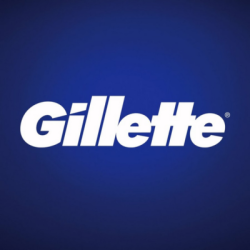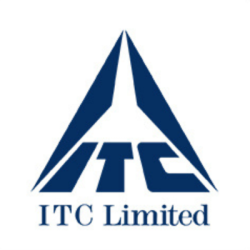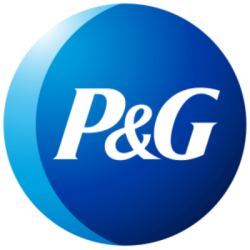SMIC
Household and Personal Care
Automation has played a significant role in the household and personal care industry, bringing increased efficiency, precision, and innovation to various aspects of production, packaging, and distribution. Here are some key areas where automation is commonly applied in this industry:
Household and Personal Care Clients



1. Manufacturing and Production:
- Robotic Assembly Lines: Robots are used for tasks such as filling bottles, capping, labeling, and packaging, increasing production speed and consistency.
- Automated Mixing and Blending: Automated systems ensure accurate and consistent blending of ingredients in the formulation of household and personal care products.
- Batch Processing: Automated batch processing systems help in the precise mixing of raw materials, ensuring product uniformity.
2. Packaging:
- Pick-and-Place Robots: These robots are employed for picking products and placing them in packaging, increasing the speed of packaging lines.
- Automated Filling and Sealing Machines: Machines that fill product containers, seal packages, and apply labels automatically, reducing manual labor and enhancing efficiency.
- Automated Inspection Systems: Vision systems and sensors are used for quality control, ensuring that products are properly filled, labeled, and packaged.
3. Quality Control:
- Automated Testing Equipment: Machines for testing product attributes, such as viscosity, pH, and weight, to ensure that products meet quality standards.
- Vision Inspection Systems: Automated cameras and sensors to inspect product appearance, labels, and packaging for defects.
4. Material Handling:
- Conveyor Systems: Automated conveyor systems are used for the efficient transport of products between different stages of production and packaging.
- Automated Guided Vehicles (AGVs): AGVs are employed for moving raw materials and finished products within the manufacturing facility.
5. Inventory Management:
- Automated Storage and Retrieval Systems (AS/RS): Systems that automatically store and retrieve products in warehouses, optimizing space and improving inventory management.
- RFID Technology: RFID tags are used for tracking and managing inventory, providing real-time visibility into stock levels.
6. Order Fulfillment and Distribution:
- Automated Order Picking Systems: Systems that automatically pick and pack products for order fulfillment in warehouses, reducing manual labor.
- Automated Sortation Systems: Systems for sorting and routing products efficiently in distribution centers.
7. Data Analytics and Forecasting:
- Demand Planning Software: Automated tools for analyzing sales data, predicting demand, and optimizing production and inventory levels.
- Supply Chain Visibility: Real-time data analytics for monitoring and optimizing the entire supply chain, from raw material procurement to distribution.
8. Customer Service:
- Chatbots and Virtual Assistants: Automated systems for handling customer inquiries, providing information, and assisting with common issues.
- Order Tracking Systems: Automated systems that provide customers with real-time updates on the status and location of their orders.
9. Product Development and Research:
- Lab Automation: Automated systems for testing and analyzing new formulations, improving the speed and accuracy of research and development processes.
10. Environmental Monitoring:
- Automated Systems for Environmental Compliance: Monitoring and controlling manufacturing processes to comply with environmental regulations and sustainability goals.
Implementing automation in the household and personal care industry not only improves efficiency and reduces costs but also allows for greater consistency in product quality and faster response to market demands. However, it requires strategic planning, investment, and ongoing maintenance to ensure optimal performance.
WhatsApp us